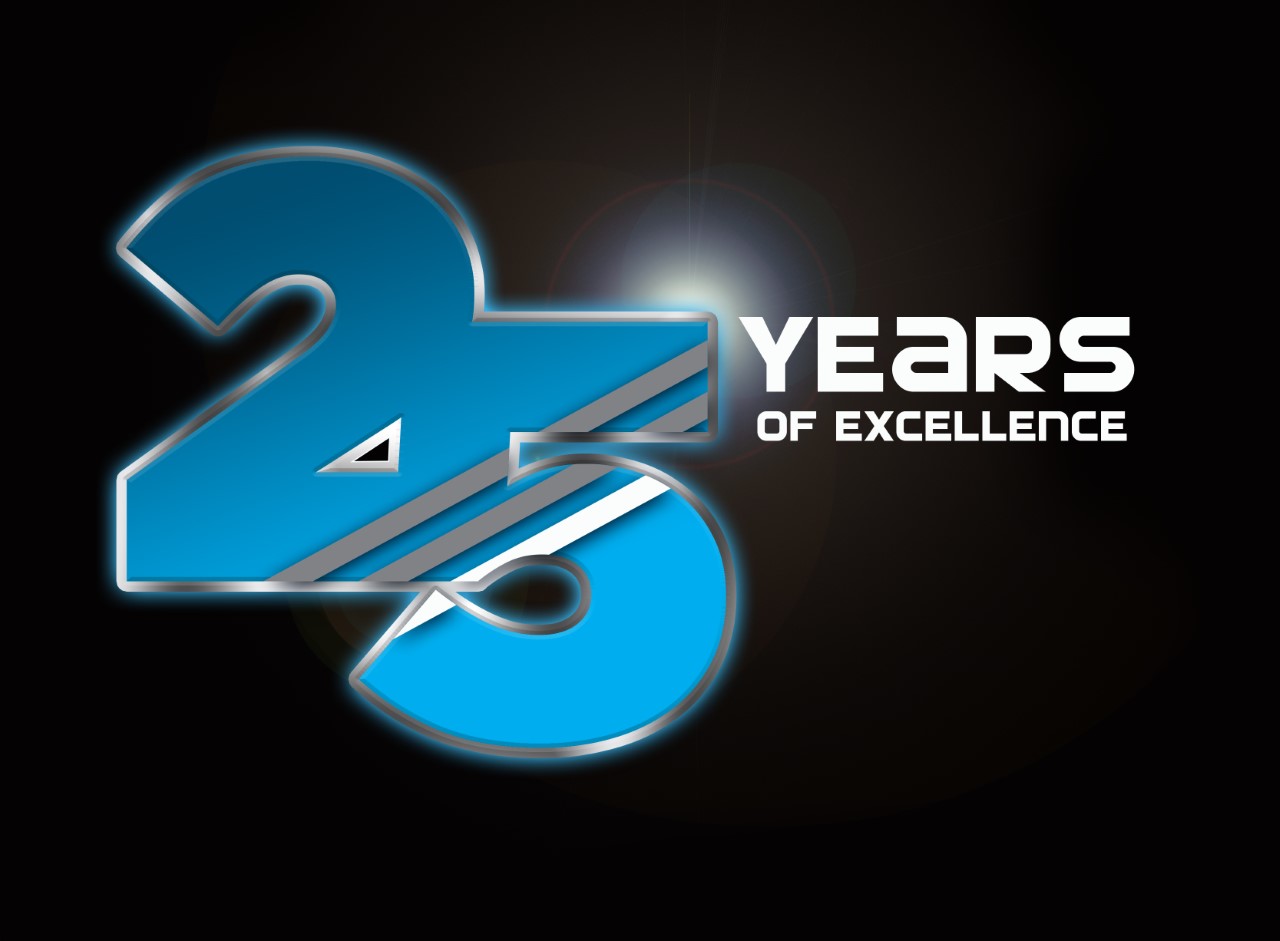
March 26, 2020 - Exsys Tool Inc., the exclusive importer of Eppinger toolholders, adapters and specialty products, celebrates its 25th anniversary this June. For a quarter-century, Exsys has served as an industry-leading supplier of CNC tooling and tool holders, including innovative products like the Preci-Flex modular toolholding system and a wide range of high-precision live and fixed toolholders for turning centers.
Exsys was established by President and CEO Stewart Bachmann and Craig Campbell, who served as vice president of sales until 1998. Originally an acronym for “Expert Systems,” Exsys began as a business launched by Walter Bachmann, Stewart Bachmann’s father, who had previously served as a director of manufacturing planning and had considerable experience with the production of special tooling.
“My father started his business out of our house in California, with boxes of tool holders stacked up on the washing machine,” Bachmann recalled. “But he did some significant volumes with that infrastructure – and his knowledge of working with Eppinger to develop specialized manufacturing solutions. So when Craig and I moved out to the Eastern time zone to start our branch of Exsys, I used what I learned from him to push our sales and applications expertise even further.”
Initially, the new branch of Exsys remained focused on the sale of axial and radial toolholders, products the company has refined and optimized over the years. The company increased its capacity year after year, eventually forming an exclusive distribution partnership with Eppinger. Today, in addition to its current headquarters in San Antonio, Florida, the company has Canadian and Mexican distribution centers in Ontario and Monterrey, respectively, as well as factory representatives in Colombia, Costa Rica, Peru and Chile.
“We’ve been successful for 25 years for two reasons,” Bachmann said. “First, I’ve always insisted that our telephone is answered by a real person within three rings. Second, we always answer our phone, and we treat every call seriously, whether it’s an order for $30 or $30,000. And we’re wholly dedicated to our customers – if any of our products require repair, we’re at their facility, tearing it apart and reassembling it as quickly as we have to. Within 24 hours, if necessary.”
Given the success of its formula, Bachmann plans to maintain Exsys’ current trajectory through continued excellence in customer service. “We’re always looking for ways to cut our costs and increase our quality so we can pass those savings on to our customers,” he said. “We’re working to boost our stateside inventory, expedite the delivery of our key components and push quality control even further, all to ensure our customers can rely on us as they work to achieve their own manufacturing success.”
Contact Details
Related Glossary Terms
- centers
centers
Cone-shaped pins that support a workpiece by one or two ends during machining. The centers fit into holes drilled in the workpiece ends. Centers that turn with the workpiece are called “live” centers; those that do not are called “dead” centers.
- computer numerical control ( CNC)
computer numerical control ( CNC)
Microprocessor-based controller dedicated to a machine tool that permits the creation or modification of parts. Programmed numerical control activates the machine’s servos and spindle drives and controls the various machining operations. See DNC, direct numerical control; NC, numerical control.
- quality assurance ( quality control)
quality assurance ( quality control)
Terms denoting a formal program for monitoring product quality. The denotations are the same, but QC typically connotes a more traditional postmachining inspection system, while QA implies a more comprehensive approach, with emphasis on “total quality,” broad quality principles, statistical process control and other statistical methods.
- turning
turning
Workpiece is held in a chuck, mounted on a face plate or secured between centers and rotated while a cutting tool, normally a single-point tool, is fed into it along its periphery or across its end or face. Takes the form of straight turning (cutting along the periphery of the workpiece); taper turning (creating a taper); step turning (turning different-size diameters on the same work); chamfering (beveling an edge or shoulder); facing (cutting on an end); turning threads (usually external but can be internal); roughing (high-volume metal removal); and finishing (final light cuts). Performed on lathes, turning centers, chucking machines, automatic screw machines and similar machines.








